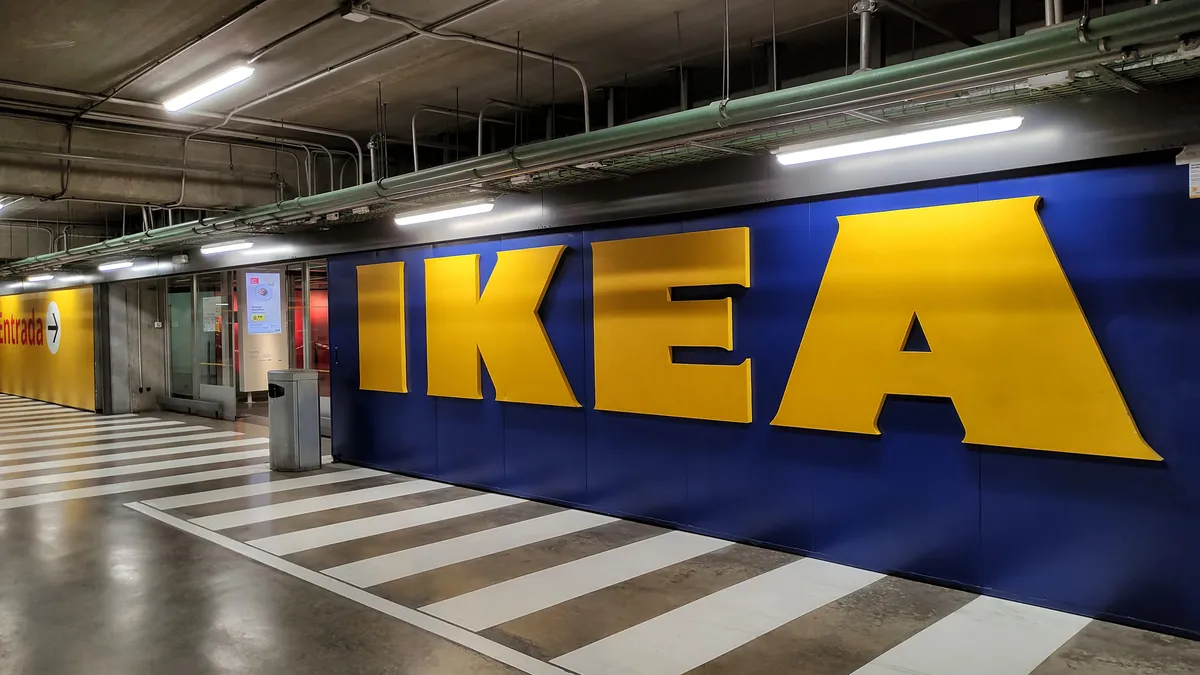Generative AI has shaped IT strategy for the past two years, and the fast-moving technology required enterprises to take an elevated approach to change management. Now, lessons abound.
Though Liberty Mutual closely tracked generative AI, executives were still surprised by how quickly it evolved, according to Tony Marron, managing director of Liberty IT, a subsidiary of Liberty Mutual.
“We were dipping our toes in the water,” Marron told CIO Dive. “But we didn’t want to just rush off and start chasing use cases. We thought about governance, responsibility … we put a lot more emphasis on that.”

After setting up a foundation, the company integrated generative AI into everyday work for its 45,000-member workforce via access to an internal, non-public version of OpenAI’s ChatGPT, called LibertyGPT. The rollout was accompanied by training, workshops and guardrails to encourage efficient, responsible use and build digital acumen across the business.
Around 1 in 4 employees are using LibertyGPT now, saving an average of 1.5 hours per week per person, according to Marron. Teams across underwriting, tech, claims and marketing leverage the tool for summarization and knowledge management.
“We took an employee-first approach,” Marron said, with a focus on aligning the right skills with the right tool. “It’s the people who understand the problem best that are best able to write the prompt and get the outcome that they want from a large language model.”
Any successful technology implementation hinges on supporting employees, according to Marron. Just introducing generative AI wouldn’t have been enough.
Most technology leaders agree. Nearly all IT pros and execs believe AI initiatives fail when teams don’t know how to work with the tools, according to Pluralsight data. Businesses across industries have worked to engage staff with AI through workforce assessments, curated upskilling opportunities and adoption plans.
To help employees get started, Liberty Mutual launched prompt libraries and educated staff on how to use tools effectively.
“A lot of people at the beginning think it’s like Google, like a search engine,” Marron said. “We had to teach them … rather than giving instructions, you have to ask the machine for an outcome, and that’s a totally different way of thinking.”
The insurance company held use case ideation competitions to expand employee involvement. Liberty Mutual also focused on AI during its 10th annual Ignite Hackathon in October.
“In the short term, it’s about getting people educated and excited,” Marron said. “In the long term, you want to build scalable architecture that’s going to serve thousands of employees, thousands of transactions. It’s not easy to get that balance right.”
Setting up the foundation for adoption
As Liberty Mutual worked to raise digital acumen across the business, it leaned on a governance foundation that helped expedite implementation.
The company’s generative AI ecosystem included sandboxes for employees to test out the technology, a responsible AI working group that steered policies and procedures and a homegrown experimentation process.
“We spent a lot of time in the last few years thinking about experimentation at scale,” Marron said. Rather than having dozens of groups doing similar things all over the business, teams took a coordinated approach targeting high-value use cases.
Marron said tech teams distilled priority use cases into a set of underlying capabilities and then stood up summarization and Q&A services to allow technologists to service multiple groups looking to do the same thing.
Liberty Mutual's approach to implementing AI broke down silos, brought teams together and underscored the importance of collaboration.
“It’s almost like we’re building out a collection of marketplace capabilities that then will enable our business units to leverage and actually incorporate into their local environments and platforms,” Marron said.













